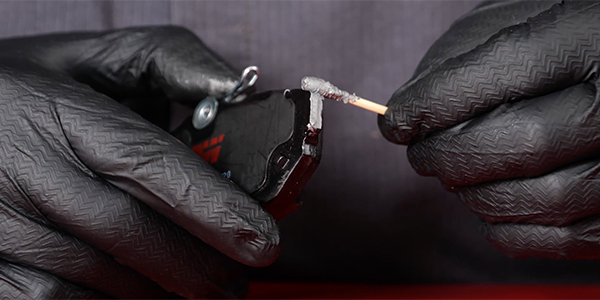Tip #1: Choose the Right Brake Pads

The first step to performing a brake job is to choose the right brake pads. The quality of the brake pads you choose will affect the performance and longevity of your braking system. So, where do you start? Look for high-quality brake pads that are designed to fit your vehicle's make and model. One excellent option is the D1210 brake pad. Made with premium materials, D1210 brake pads offer superior stopping power, reduced noise, and minimal dust.
Tip #2: Gather the Necessary Tools
Before you begin to work on your brakes, make sure you have all the necessary tools. You will need a jack, jack stands, lug wrench, socket wrench, brake caliper compression tool, brake cleaner, and new brake pads.
Tip #3: Inspect Your Brakes
Before you start replacing your brake pads, it's essential to inspect your brakes. Check your vehicle's owner's manual for instructions on how to do this properly. Look for signs of uneven wear, such as grooves or cracks in the rotor or pad. You should also check for leaks in the brake lines and ensure that the brake caliper and piston are moving freely.
Tip #4: Replace Your Brake Pads
Once you’ve inspected your brake system, it's time to replace your old brake pads with new ones. Here’s how:
1. Lift your vehicle and remove the wheels.
2. Remove the brake caliper by removing the bolts that secure it to the brake assembly.
3. Use the brake caliper compression tool to push the piston back into the caliper.
4. Remove the old brake pads from the caliper and replace them with new brake pads.
5. Re-attach the brake caliper to the brake assembly and secure it with bolts.
6. Repeat the process for all remaining brake pads.
Tip #5: Test Your Brakes
After replacing your brake pads, it's essential to test your brakes. To do this, pump the brake pedal several times to ensure that the brake caliper and piston are in the correct position. Once you’ve done this, slowly drive around a quiet area to test your brakes' effectiveness. If you notice any grinding or squeaking, you may need to adjust or replace your brake pads.
In conclusion, performing a brake job is a crucial aspect of vehicle maintenance that you can do yourself. By following these tips, you’ll be able to replace your old brake pads with the D1210 brake pads easily. Remember to gather all the tools, inspect your brakes, and test your brakes after installation. Doing so will ensure that your vehicle’s braking system is up to par, and you’re driving safely on the road.